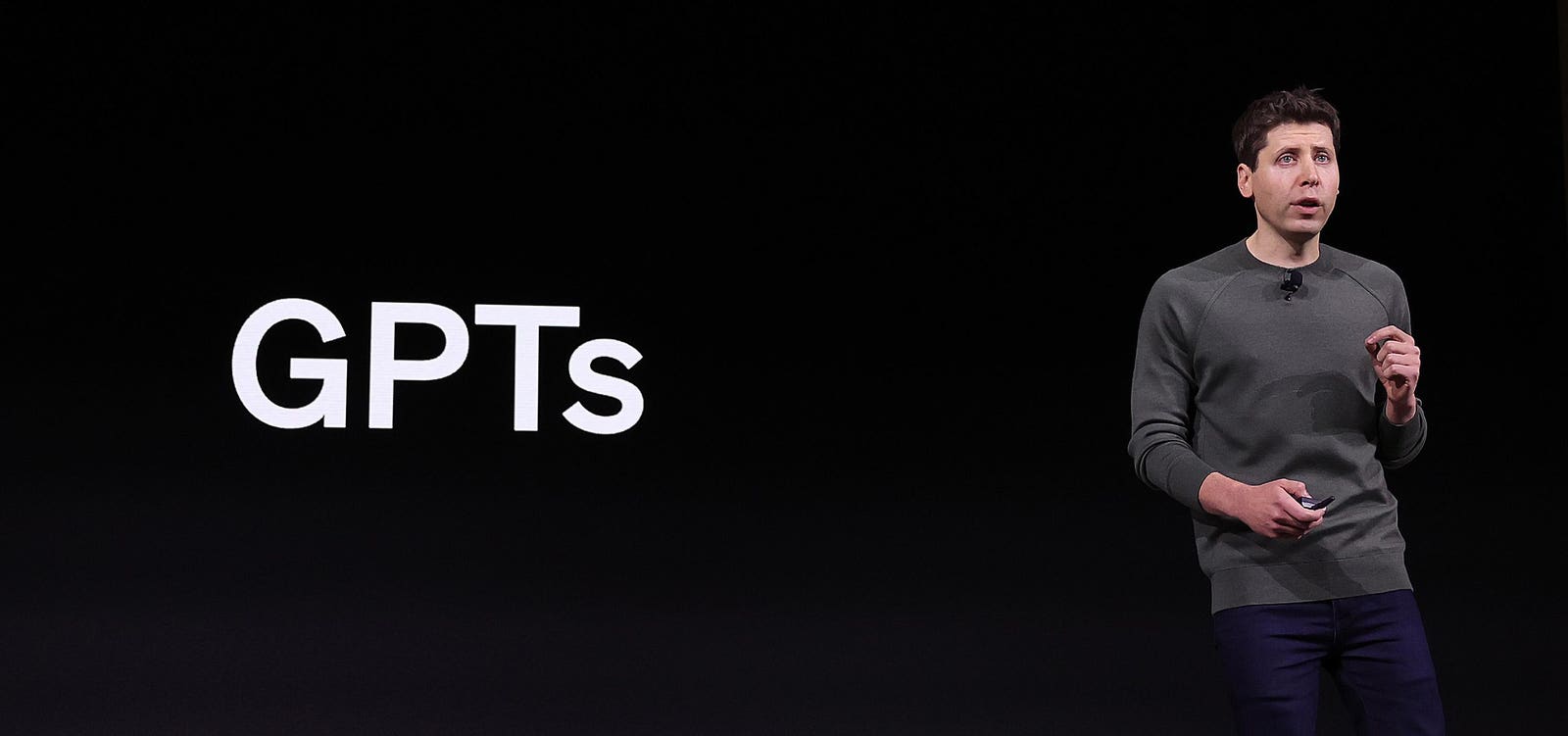3 ways ChatGPT supports innovative educators with free GPTs
OpenAI has announced that all GPTs in the GPT Store are now free.
This development is big news for educators, who can now use custom AI tools without financial barriers. I reached out to educators around the world on LinkedIn, X (formerly Twitter), and Facebook to find out how they benefit from GPT.
What is GPT?
GPTs allow users with a paid ChatGPT account to build custom AI chatbots for specific tasks.
Many educators have adopted GPTs to develop unique tools that address a variety of challenges, from administrative tasks and planning learning experiences to creating resources for their students. According to an email from OpenAI, “All free ChatGPT users can now use GPT in the GPT Store, making AI technology accessible to everyone.”
Although users can now access GPT without price barriers, GPT creation remains an exclusive feature for paid accounts.
Empowered teachers
GPTs offer unprecedented opportunities for educators.
Teachers have traditionally relied on education technology companies to understand their needs and make effective tools to use in their work. With GPT, educators can create customized solutions for their specific needs, automating tasks and providing specialized support for themselves and their colleagues.
Antti Lepillampi, senior lecturer at The Hague-Helia University of Applied Sciences in Finland, uses GPT to improve coaching sessions. He explained to me, “We integrate GPT during our sessions and I provide students with quick ideas to continue their discussions with GPT afterwards. Given that GPTs are now free to use, I’ll probably include them in my other classes as well.”
This accessibility means that educators can experiment freely and integrate GPT more widely.
Three reasons why this is good for educators
1. Improved efficiency and productivity
GPTs can automate time-consuming tasks, allowing educators to focus more on teaching.
Andrew Spiece, a computer science teacher at Grand Blanc High School in Michigan, uses GPT to analyze exam results and generate customized review materials. “I use them every day for myself and other teachers. It’s a complete game changer,” Spiece shared with me.
Sue Clack, a science teacher at Gravette High School in Arkansas, shared, “I created one for students to upload their worksheet and it would walk them through the process of solving specific problems without giving the answers. Another was created to help teachers unpack their standards and make specific claims based on said standards.”
2. Personalized training
GPTs can be used to customize tools to meet individual student needs.
Jess Baron, an inclusive education teacher in Ottawa, Canada, explained: “I have developed various GPTs to improve teaching and learning and have been experimenting with AI since its introduction in 2022. Some GPTs I have developed include curriculum guides, streamlining of task performance to create accessibility products (virtual word walls, custom form feedback scripts), learning gamification, SMART goal navigators, executive functioning experts, and currently an education optimization agent that, will hopefully streamline the entire learning cycle for teachers.”
3. Fast and reliable access to information
GPTs can offer fast and accurate information, saving time and reducing confusion.
Jack Dougal, a humanities teacher at Canterbury School in the Canary Islands, uses GPT for complex elements of coursework. “I shared the GPT with my students for the internal assessment and extended essay. GPTs provide quick answers with page numbers for clarity,” explains Dougal.
Michael Fricano II, a K-6 design technology teacher at Iolani School in Hawaii, shared, “I’ve created GPTs that can analyze a student’s block program and provide feedback and debugging support (without giving away the solutions) ! Making it free means more affordable for schools!”
Expanding the horizons of educators
The impact of free GPTs extends beyond immediate classroom tasks.
Louise Jones, community manager at ThingLink in Scotland, highlights wider access for isolated educators. “I developed a GPT tool to help teachers structure Digital Escape Rooms. This tool has become incredibly popular because it makes creating immersive learning experiences much easier with AI. The now free tool greatly expands access for many educators, especially those who are isolated and may not have colleagues to reflect with.”
Transforming education
Free access to GPT represents a turning point from teachers who are simply users of AI to creators.
Now more educators can harness the power of AI to innovate, streamline their workflows, and provide personalized support to their students and colleagues. Although creating a GPT still requires a paid account, the ability to use existing GPTs for free enhances teaching and learning, promoting a more inclusive and effective educational environment.
Before introducing GPT into your classroom, follow your organization’s data protection procedures. Always seek guidance from the responsible authorities of your school, college or university. Ensuring compliance with data protection regulations is critical to protecting student and teacher information.
Integrating GPT into education promises a future where teachers’ expertise and experience have a direct impact on the technology they use because they create the solutions.



